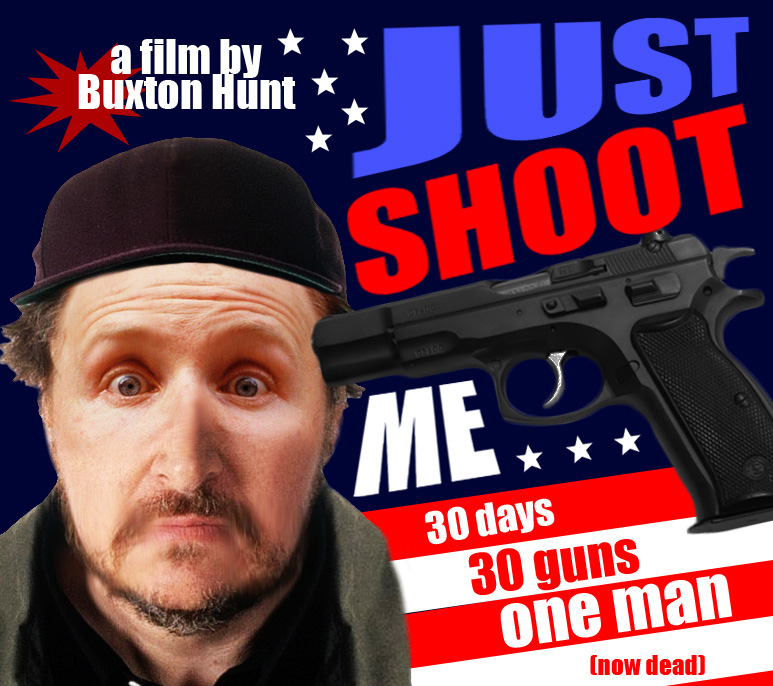 Aug.28,2012
Aug.28,2012 The fourth primary colour, and an exceptionally brilliant one (hence the now-familiar term ‘vibrant’), that was popular up until the mid 1930s, when it was aggressively marketed out of existence by the Technicolor corporation whose 3-strip colour film process was unable to reproduce it. After the global success of Technicolor Hollywood films such as The Wizard of Oz, Gone with the Wind, and Sir Henry Drummond’s epic King of King of Kings, countries around the world scrambled to remove any traces of vibe from their homes, so as to make them look “more like the movies”. The only country to retain vibe in some form was the unimpressed France, which still claims to hold the world’s only collection of vibe-based paintings and plant-life. When any non-French person requests to view these artefacts however, they get all sniffy and pretend they don’t understand.
The fourth primary colour, and an exceptionally brilliant one (hence the now-familiar term ‘vibrant’), that was popular up until the mid 1930s, when it was aggressively marketed out of existence by the Technicolor corporation whose 3-strip colour film process was unable to reproduce it. After the global success of Technicolor Hollywood films such as The Wizard of Oz, Gone with the Wind, and Sir Henry Drummond’s epic King of King of Kings, countries around the world scrambled to remove any traces of vibe from their homes, so as to make them look “more like the movies”. The only country to retain vibe in some form was the unimpressed France, which still claims to hold the world’s only collection of vibe-based paintings and plant-life. When any non-French person requests to view these artefacts however, they get all sniffy and pretend they don’t understand.





